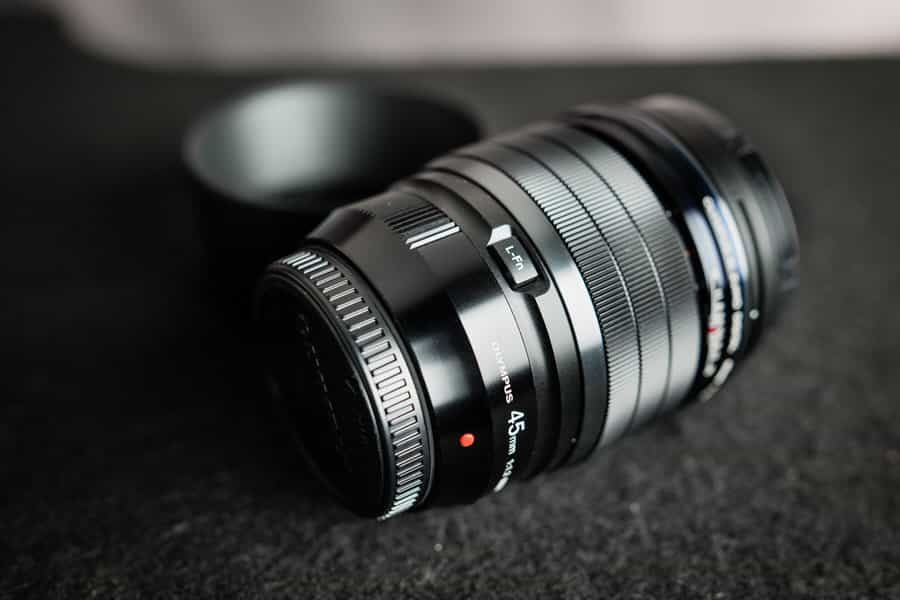

Kiss soft pro lens blur how to#

These obstacles fill the atmosphere with frustration and despair, reminding me exactly what I felt when I first started studying and using depth of field. It’s not until the following day, while I’m heldig the practical class, that problems quickly arise. Unfortunately, nothing could be further from the truth. It seems that everyone has properly assimilated the concept. Surprisingly enough, I don’t get many questions during the theory class. PhotoPills’ Dof Calculator - results in Augmented Reality. “That’s very cool… but, where do I focus exactly?” One of the moments students love is when I take my iPhone and use the augmented reality view of PhotoPills’ DoF calculator app to answer one of the most common questions: I support the theory class with many examples and online tools, including the PhotoPill’s on-line depth of field calculator, to help students visualize which settings come into play when shooting both shallow and deep depths of field. In my courses, I explain depth of field together with camera aperture, just after the exposure triangle (aperture-shutter speed-ISO). If that’s your case, don’t worry! You’re not the only one. How can you shoot shallow depth of field? Or deep depth of field? When should you use one approach or the other? Where should you focus the lens? What camera settings should you use?īecause while many experts preach the virtues of strategic use of depth of field, almost nobody tells you how to do it.Īs a result, many well-intentioned photographers are spending their precious time trying to apply depth of field without even completely understanding the concept itself nor knowing how to properly use it. You aren’t sure how to really put depth of field into practical use. It can radically transform good photos into images that win hearts and minds. It is one of the most important tools a photographer can use to create striking images.”Īnd it’s true – using depth of field the right way is very powerful.

“Depth of field is a key compositional element in many, if not most, photographs. Photography master and author, Harold Davis, in his great book, Creative Composition: Digital Photography Tips and Techniques, maintains: "Master depth of field, and your photos will magically look much better."


 0 kommentar(er)
0 kommentar(er)
